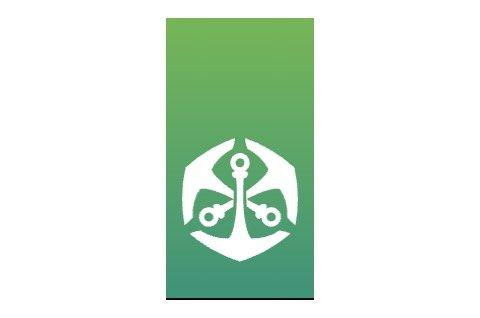 List of Insurance Companies Logos and Names in Namibia – World Insurance Companies Logos. Click on the logos of the insurers to get a bunch of up-to-date information for each insurer. We want to help you get the best assurance.
List of Insurance Companies Logos and Names in Namibia – World Insurance Companies Logos. Click on the logos of the insurers to get a bunch of up-to-date information for each insurer. We want to help you get the best assurance.
List of Insurance Companies Logos and Names in Namibia
List of Insurance Companies Logos and Names in Namibia. The graphic mark of a company is synonymous with its brand. A logotype is instantly recognizable and allows the customer to associate the company with the useful qualities such as trust, the right price and many other vital issues about finding the best coverage.


Namibian Economy
Sectors
This country is heavily dependent on the extraction and processing of minerals for export. Taxes and royalties from mining account for 25% of its revenue. The bulk of the revenue is created by diamond mining, which made up 7.2% of the 9.5% that mining contributes to Namibia’s GDP in 2011.
Rich alluvial diamond deposits make this region a primary source for gem-quality diamonds. Namibia is a large exporter of uranium and over the years the mining industry has seen a decline in the international commodity prices such as uranium, which has led to the reason behind several uranium projects being abandoned.
Experts say that the prices are expected to rise in the next 3 years because of an increase in nuclear activities from both Japan and China. The mining industry in Namibia is supposedly going to reach US1.79bn by the year 2018
Mining and energy
Diamond production totalled 1.5 million carats (300 kg) in 2000, generating nearly $500 million in export earnings. Other important mineral resources are uranium, copper, lead, and zinc. The country also is a source of gold, silver, tin, vanadium, semiprecious gemstones, tantalite, phosphate, sulphur, and salt.
This nation is the fourth-largest exporter of nonfuel minerals in Africa, the world’s fifth-largest producer of uranium, and the producer of large quantities of lead, zinc, tin, silver, and tungsten.
Namibia has two uranium mines that are capable of providing 10% of the world mining output. The mining sector employs only about 3% of the population while about half of the population depends on subsistence agriculture for its livelihood. Namibia normally imports about 50% of its cereal requirements; in drought years food shortages are a major problem in rural areas.
During the pre-independence period, large areas of Namibia, including offshore, were leased for oil prospecting. Some natural gas was discovered in 1974 in the Kudu Field off the mouth of the Orange River, but the extent of this fund is only now being determined.
Health in Namibia
- Healthcare System: Namibia has made significant efforts to improve its healthcare system, which includes a mix of public and private healthcare providers. The country has been working to expand healthcare facilities and enhance the quality of medical services.
- Healthcare Access: Despite improvements, access to healthcare remains a challenge, particularly in rural and remote areas. The distribution of healthcare facilities and medical professionals can be uneven, leading to disparities in access to services.
- Infectious Diseases: Namibia faces various infectious diseases, including HIV/AIDS, malaria, tuberculosis, and hepatitis. HIV/AIDS has been a significant health concern, and the government has implemented programs to combat the spread of the disease and provide antiretroviral treatment.
- Maternal and Child Health: Efforts have been made to improve maternal and child health in Namibia. Maternal mortality rates have decreased, and there have been improvements in child vaccination rates and access to prenatal and postnatal care.
- Non-Communicable Diseases (NCDs): Like many countries, Namibia has seen an increase in non-communicable diseases such as diabetes, cardiovascular diseases, and cancer. Addressing these health issues has become a priority for the healthcare system.
- Mental Health: Mental health is an emerging concern in Namibia, and efforts are being made to increase awareness and improve access to mental health services.
- Healthcare Infrastructure: Namibia has been investing in expanding and upgrading healthcare infrastructure, aiming to provide better healthcare services to its population.
- Health Insurance: The government of Namibia has introduced the National Health Insurance (NHI) scheme, aimed at providing universal health coverage and improving access to healthcare services for all citizens.
- Water and Sanitation: Access to clean water and sanitation is essential for public health. Namibia has been working on improving water and sanitation facilities in both rural and urban areas to reduce the risk of waterborne diseases.
Discover more insurers logos in Africa Insurance Companies Logos.
Namibia, Africa – World Insurance Companies Logos










